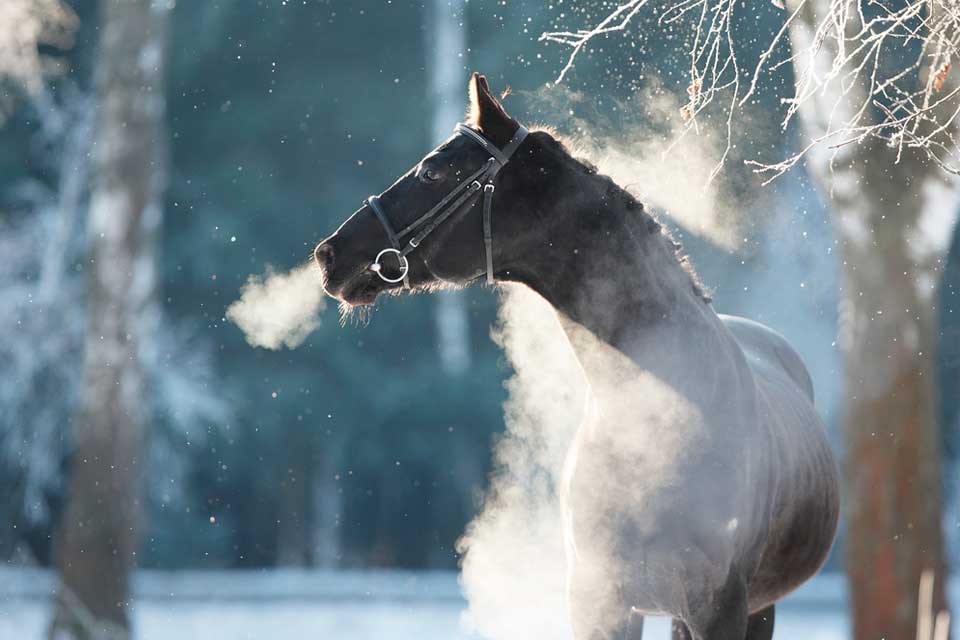With winter on its way, many horse owners are wondering how to adapt their feeding program to keep their horses warm this winter.
It is important to keep in mind that it is not only the thermometer temperature that should determine the amount of feed necessary to keep the horse warm.
The wind velocity and the thermometer reading will determine how cold the horse actually feels.



